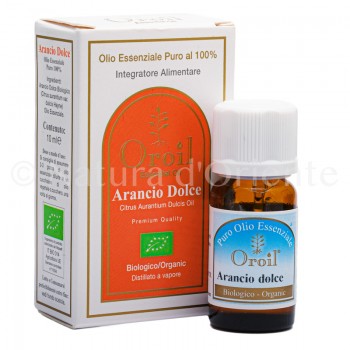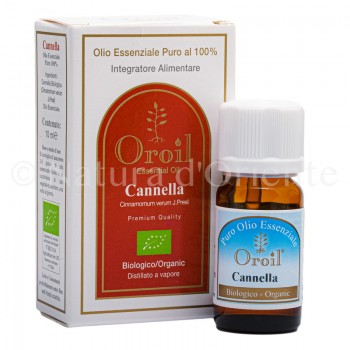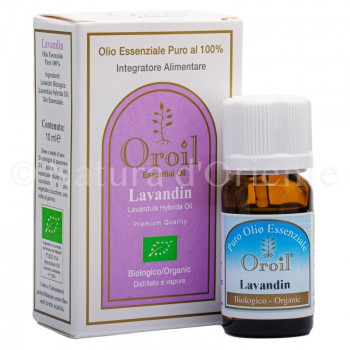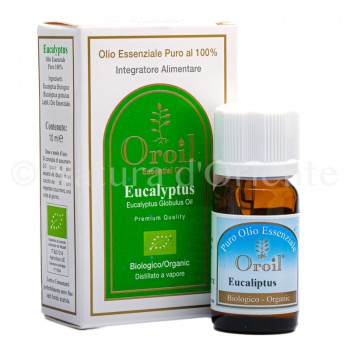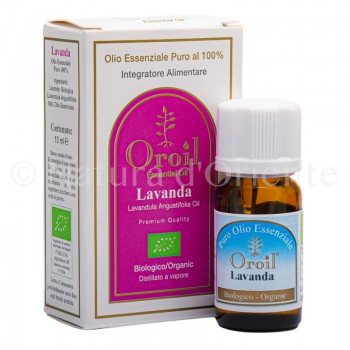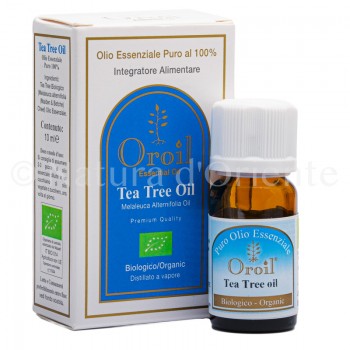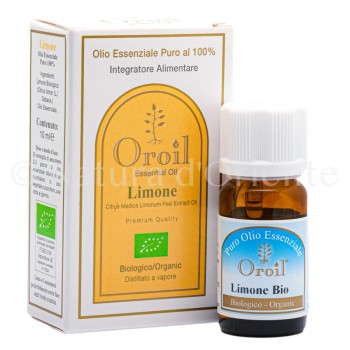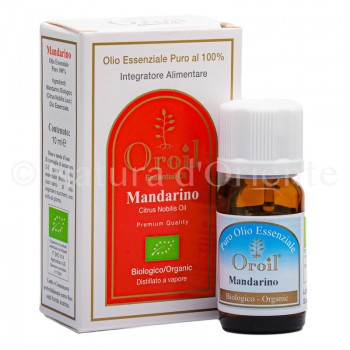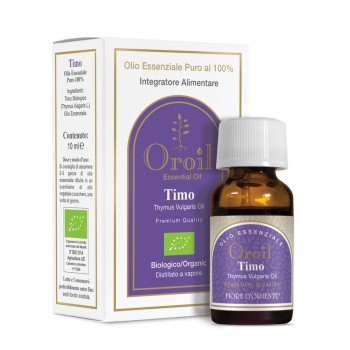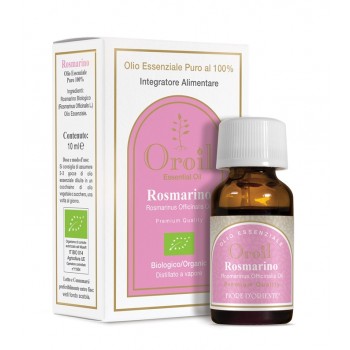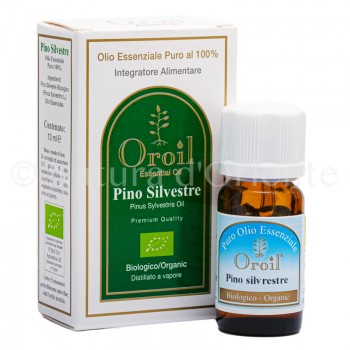Mint essential oil is indicated for the well-being of the respiratory tract (and this will not surprise anyone) but also as an adjuvant to digestive functions.
The plant and the production of essential oil
Peppermint is a perennial plant of the Lamiaceae family native to Europe. The scientific name of the plant is Mentha x piperita, that x (or for if you want) in botanical nomenclature means that a plant is a hybrid between two plants of the same genus. Peppermint is a natural hybrid of spearmint and water mint. The first large-scale cultivation of peppermint dates back to the mid-eighteenth century in England in the Mitcham area (a district in south-west London). It is a herbaceous plant that can range from a few cm up to 70cm. The leaves are covered with a light hair. The plant is not difficult to grow, however it is easily attacked by parasites and snails are greedy for it. It is by far the most powerful of all the mint species, in fact other species are used in the kitchen, while it is much appreciated in the confectionery industry and for the preparation of drinks.
Properties of mint essential oil
Mint essential oil has expectorant, anti-neuralgic and digestive properties. Good antibacterial properties and the ability to keep away mites and insects that do not like the smell are also attributed to this essential oil. It is important to understand how peppermint performs these functions, the plant slightly irritates the mucous membranes and it is precisely this slight irritation that obtains the effect of uncorking the stuffy nose and the expectorant action. Furthermore, the essential oil of peppermint overactivates the receptors of hot-cold and this is due to the refreshing sensation.
Internal use of peppermint essential oil
The internal use of mint essential oil (as with any other essential oil we are talking about very few drops, basically a couple, but consult with an expert) this use is recommended as a digestive, to fight intestinal gas but according to some sources also as a remedy for some types of intestinal worms. As with practically all essential oils, the safest rule of not using it during pregnancy applies.
External use of mint essential oil
The use of mint essential oil in aromatherapy, typically through diffusers, finds at least three uses: when you want to disinfect the air in a room and/or keep insects away ; when you want to promote the ability to concentrate; as a remedy for the respiratory tract in case of light ailments. Still for the respiratory tract, more important effects can be obtained through suffumigation or if you are around keeping a handkerchief in your pocket on which very few drops have been poured to sniff every now and then. Another external use is the one that exploits the anesthetic properties by mixing a few drops in almond oil or other vector oil to be used in massages to soothe muscle and joint pain. The refreshing abilities of peppermint essential oil can also be used to better tolerate high temperatures by spraying it into the area. Obviously mint does not lower the temperature of the room but as explained in the paragraph on the properties of mint essential oil it deceives our receptors of heat and cold. Peppermint essential oil can also be used for mouthwashes as a remedy for halitosis, after all the pharmaceutical industry uses it for toothpastes and mouthwashes. Again, is there a need to repeat it here? When we say rinses with mint essential oil, we mean a liquid, even simple water, in which very few drops of essential oil have been poured.

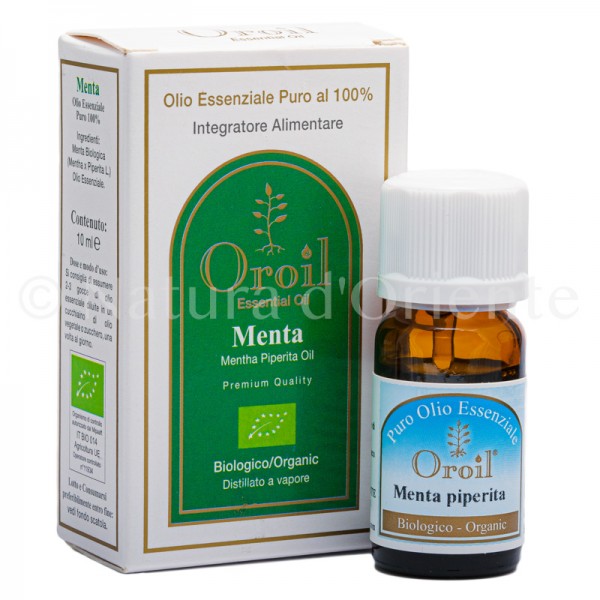

 No reward points for this product.
No reward points for this product.
